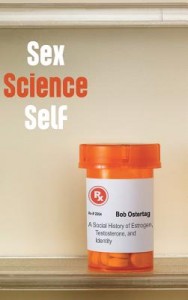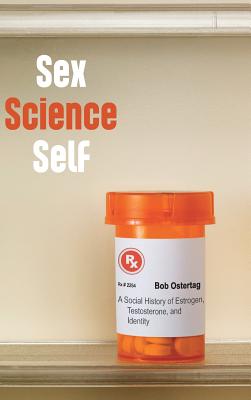 Sex Science Self: A Social History of Estrogen, Testosterone, and Identity
Sex Science Self: A Social History of Estrogen, Testosterone, and Identity
by Bob Ostertag
U-Mass Press. 194 pages, $23.95
GAVIN GRIMM just wanted to use the boys’ restroom in his Virginia high school; the trans boy may soon get to use the men’s room at the U.S. Supreme Court. Transgender bathroom access has been one of the leading issues in this year’s cultural wars, in the way “gay marriage” and “gays in the military” had in the past. In November 2015, a fairly routine equal rights ordinance in Houston was voted down primarily based on fear-mongering that it would allow transwomen or transvestites or sexual predators into women’s public restrooms. Soon after a circuit court granted Grimm access to the boys’ room, the Department of Education issued an order requiring that schools “immediately allow students to use the bathroom, locker rooms, and showers of the students’ choosing or risk losing Title IX-linked funding” (May 13, 2016). A Federal judge in Texas blocked enforcement of the DOE’s policy in August. The Supreme Court blocked the circuit court’s decision on Grimm’s case. After initially declining to hear it, however, the Court reversed itself and will hear the case in 2017.
In his new book, Sex, Science, Self, Bob Ostertag bravely steps into this gender minefield to express his reservations about the proliferation of transgenderism. This is a first foray into gender studies for Ostertag
Vernon Rosario is an Associate Clinical Professor in the UCLA Department of Psychiatry and author of Homosexuality and Science: A Guide to the Debates (ABC Clio).







